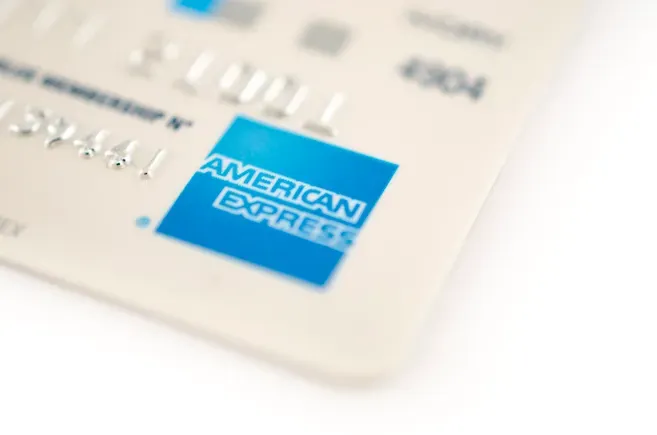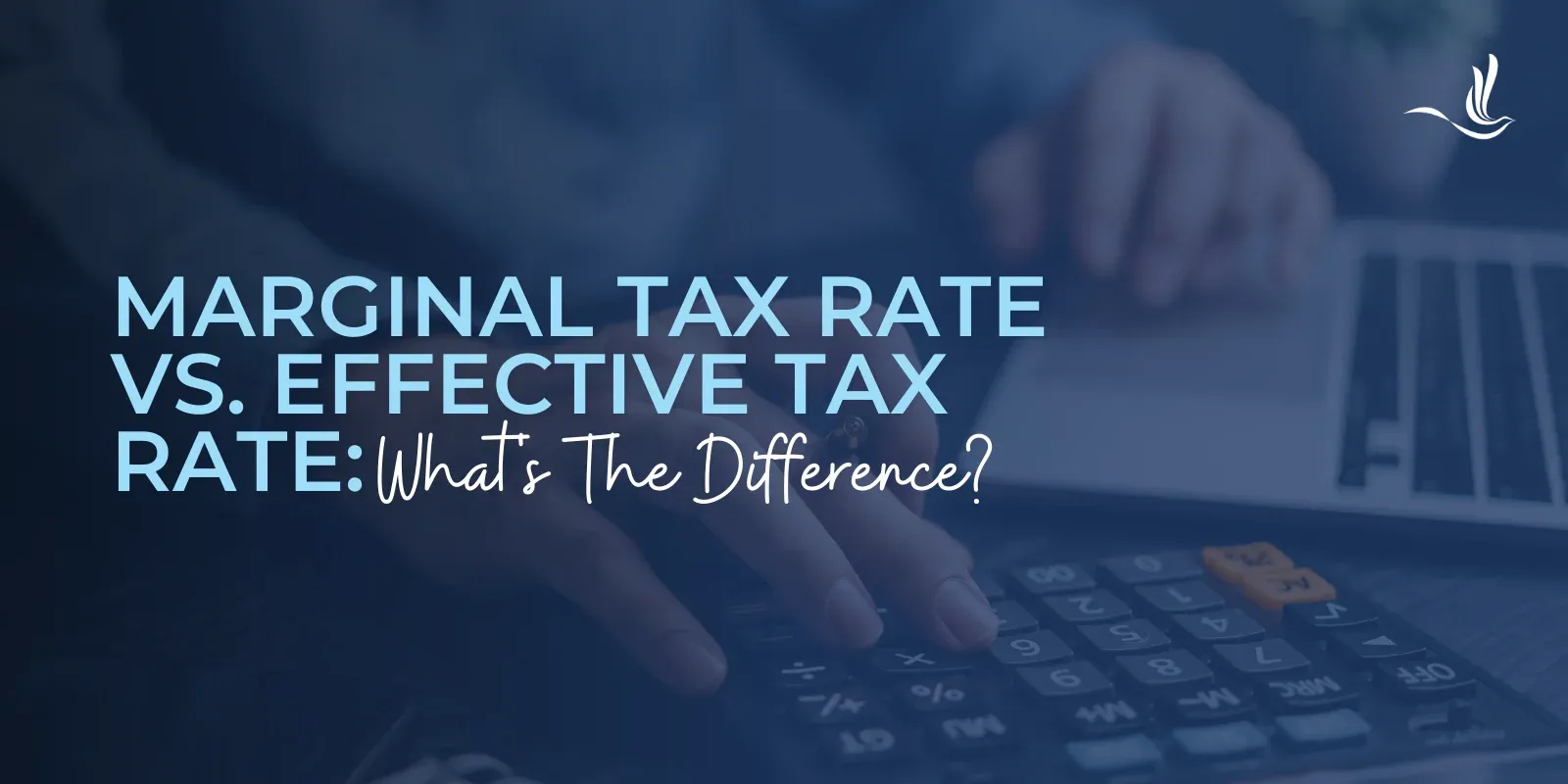Millions of federal student loan borrowers are dealing with unprecedented uncertainty right now.
Most federal student loan payments and interest have been suspended for over two years at this point. That pause, originally intended to last six months but subsequently extended multiple times by President Trump and President Biden, is technically now set to end on May 1, 2022.
But top White House officials have recently suggested that an additional extension of the pause is under consideration. Meanwhile, the Education Department has allegedly instructed its loan servicers to stop sending correspondence to borrowers regarding the resumption of repayment.
This suggests that federal student loan payments may not, in fact, restart this coming May. But the Biden administration has not issued any conclusive decision.
Student loan forgiveness is a serous topic of discussion 1.Prepare for payments to resume – even if they don’t 2. Special considerations for borrowers in income-driven repayment 3. Public Service borrowers may need to take steps now to qualify 4. Prepare for loan servicing changes 5.
Hold off on refinancing 6. Hold off on federal student loan payoff
Student loan forgiveness is a serous topic of discussion
Student loan forgiveness remains a serious topic of discussion. The Biden administration is touting over $16 billion in student loan forgiveness that it has already approved.
While this sounds like a large volume of debt cancellation, it amounts to a fraction of one percent of total outstanding student loan debt and reflects the administration’s “targeted” approach to student loan forgiveness by expanding relief under existing programs.
Advocates for student loan borrowers have urged the administration to go much further and enact widespread student loan cancellation through executive action. So far, that hasn’t happened, but White House officials have recently suggested that broader action is under consideration.
And while the discussions about the student loan pause and broader student loan forgiveness continue, millions of borrowers are still contending with disruptive loan servicing transfers.
Many borrowers who formerly had their federal student loans serviced by Navient are now with Aidvantage.
And FedLoan Servicing, another major government loan servicer, is still in the process of transferring millions of borrower accounts to other Department of Education loan servicers, with the process expected to continue through the summer.
With so much change and uncertainty, it is a challenging time for student loan borrowers to plan for the future. Here are some tips.
Download the Best Student Loan Calculator1. Prepare for payments to resume – even if they don’t
Until we hear otherwise from the Biden administration, borrowers should proceed with the assumption that federal student loan payments are going to resume in May. It is better to have prepared for that contingency and wind up not needing to have done so than to be surprised by an unaffordable or unexpected bill.
Evaluate what repayment plan you were on before the payment pause went into effect in March of 2020, and determine your monthly payment at that time.
You would likely be returned to the payment plan you were previously on once payments resume unless you had applied to switch plans during the last two years.
If you think you can no longer afford your regular monthly payments, it may be a good time to consider changing your repayment plan.
2. Special considerations for borrowers in income-driven repayment
If you were previously repaying your loans under an income-driven repayment plan, most loan servicers have pushed back the usual annual income recertification process by at least six months and, in some cases, into 2023. So unless you recertified your income during the payment pause, you might not have to do so again for quite some time. Contact your loan servicer for more information on your next recertification date.
Suppose you were in an income-driven plan, but your income has substantially decreased since the payment pause.
In that case, you can request a recalculation of your income-driven payment before repayment resumes in May (or some future date, if there is a further extension).
The Education Department has temporarily streamlined the process and will allow borrowers to self-report their income by contacting their loan servicer or completing the online IDR application at StudentAid.gov.
3. Public Service borrowers may need to take steps now to qualify
Under the Limited PSLF Waiver announced last month, hundreds of thousands of borrowers may be able to get closer to loan forgiveness – or have their entire federal loan balance wiped out. The PSLF Waiver temporarily relaxes several key requirements of the PSLF program, allowing past rejected periods of repayment for non-Direct loans, or payments made under non-qualifying repayment plans, to be counted towards loan forgiveness.
But many borrowers will have to take specific steps to qualify. Borrowers with FFEL or Perkins loans would need to consolidate those loans into a federal Direct Consolidation loan.
And borrowers who have not yet certified their employment by submitting the PSLF Employment Certification form would need to do so.
There is a limited time window to act – the waiver ends on October 31, 2022 – and the ongoing pause on payments may be giving some borrowers a false sense that no action is required. Borrowers who think they may qualify for relief under the Limited PSLF Waiver should read up on the program’s requirements.
4. Prepare for loan servicing changes
Regardless of whether federal student loan payments resume this May, millions of borrowers have either recently been transferred to a new loan servicer or will experience a loan servicing transfer in the coming months. Follow these steps to make sure you are prepared:
- Check your StudentAid.gov account to confirm who your current loan servicer is.
- Review and update your contact information – including your mailing address, phone number, and e-mail address – for your StudentAid.gov account as well as your loan servicer account.
- Review your auto-debit status.
Borrowers who have experienced a servicing transfer may need to re-establish auto-debit with their new loan servicer. And many borrowers who haven’t experienced a loan servicing transfer may still need to reaffirm their prior auto-debit arrangement when repayment resumes.
5. Hold off on refinancing
Borrowers who are considering refinancing their federal student loans with a private lender may want to hold off for the time being. Even in normal times, refinancing through a private lender carries risks, including loss of access to federal student loan programs and associated consumer protections, even with a lower interest rate.
But as long as the federal student loan pause continues, no private lender is likely going to offer the equivalent of a 0% interest rate, nor would a private loan be covered by any further extension of the payment moratorium.
Furthermore, while it remains unlikely that the Biden administration will simply wipe out everyone’s debt through executive action, additional student loan forgiveness initiatives could certainly be on the table.
And absent Congressional involvement, any such initiatives would likely be limited to federal student loans only. Refinancing federal loans into a private loan could close the door on even the possibility of being eligible for such relief if enacted.
6. Hold off on federal student loan payoff
For borrowers in a position to pay off their federal student loan balances in full, it may be prudent to hold off on taking any action for now.
Given the possibility and potential of additional loan forgiveness initiatives or other student loan relief, as long as interest rates remain at 0% for government-held federal student loans, there is no cost to adopting a wait-and-see posture until it becomes clear that payments and interest accrual are resuming.
Get a Student Loan Plan Refinance student loans, get a bonus in 2022 1 Disclosures $1,050 BONUS1 For 100k+. $300 bonus for 50k to 99k.1 VISIT LAUREL ROAD Variable 1.64-5.65%1 Fixed 2.25-5.75%1 2 Disclosures $1,000 BONUS2 For 100k+. $300 bonus for 50k to 99k.2 VISIT SPLASH Variable 1.74-6.52%2 Fixed 1.99-6.25%2 3 Disclosures $1,000 BONUS3 For $100k or more. $200 for $50k to $99,9993 VISIT SOFI Variable 1.74-8.02%3 Fixed 2.49-8.02%3 4 Disclosures $1,000 BONUS4 For 100k or more. $200 for 50k to $99,9994 VISIT EARNEST Variable 1.74-7.99%4 Fixed 2.44-7.99%4 5 Disclosures $1,050 BONUS5 For 100k+. $300 bonus for 50k to 99k.5 VISIT COMMONBOND Variable 1.98-7.14% APR5 Fixed 2.49-7.04% APR5 6 Disclosures $1,275 BONUS6 For 150k+. Tiered 300 to 575 bonus for 50k to 149k.6 VISIT ELFI Variable 1.86-6.01%6 Fixed 2.43-5.99%6 7 Disclosures $1,250 BONUS7 For $100k or more. $100 to $350 for $5k to $99,9997 VISIT LENDKEY Variable 1.90-5.25%7 Fixed 2.49-7.75%7 8 Disclosures $1,250 BONUS8 $350 for 50k to 100k8 VISIT CREDIBLE Variable 1.74-7.58%8 Fixed 2.15-7.83%8 Not sure what to do with your student loans?Take our 11 question quiz to get a personalized recommendation of whether you should pursue PSLF, IDR forgiveness, or refinancing (including the one lender we think could give you the best rate).
Take Our QuizOriginal Article






